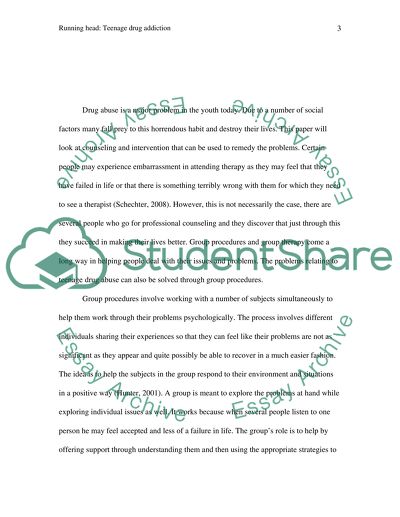Cite this document
(Teenage Drug Addiction Term Paper Example | Topics and Well Written Essays - 1750 words, n.d.)
Teenage Drug Addiction Term Paper Example | Topics and Well Written Essays - 1750 words. Retrieved from https://studentshare.org/social-science/1564751-group-proceduresinterventions
Teenage Drug Addiction Term Paper Example | Topics and Well Written Essays - 1750 words. Retrieved from https://studentshare.org/social-science/1564751-group-proceduresinterventions
(Teenage Drug Addiction Term Paper Example | Topics and Well Written Essays - 1750 Words)
Teenage Drug Addiction Term Paper Example | Topics and Well Written Essays - 1750 Words. https://studentshare.org/social-science/1564751-group-proceduresinterventions.
Teenage Drug Addiction Term Paper Example | Topics and Well Written Essays - 1750 Words. https://studentshare.org/social-science/1564751-group-proceduresinterventions.
“Teenage Drug Addiction Term Paper Example | Topics and Well Written Essays - 1750 Words”, n.d. https://studentshare.org/social-science/1564751-group-proceduresinterventions.


